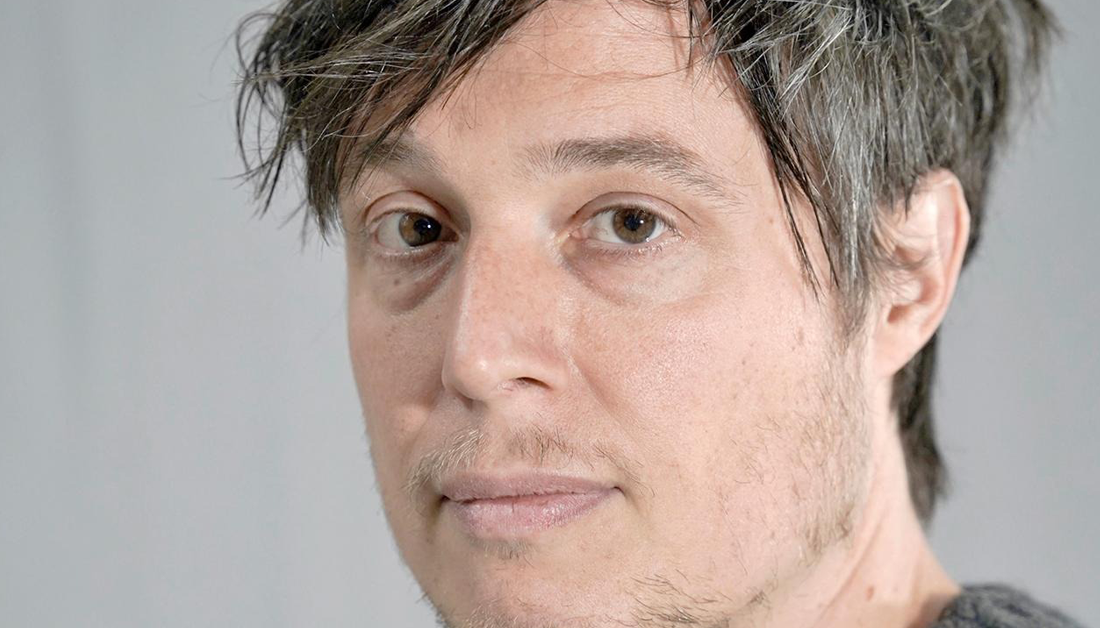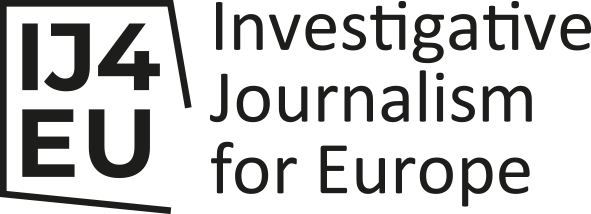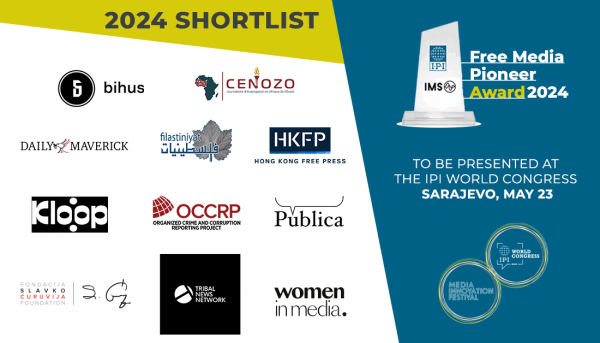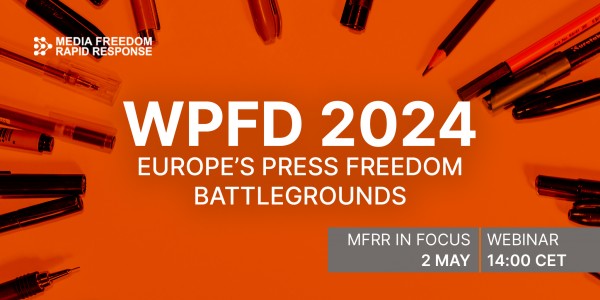Ukraine’s bid to defend itself against its Russian invaders has been plagued by ammunition shortages. After months of investigating why, a cross-border team of journalists blames it on confusion in Europe’s palaces and munitions factories.
Ukraine’s ongoing counteroffensive started later than planned due to weapons supply delays, President Volodymyr Zelensky said in July. But over a year after Russia launched the invasion of its neighbour, neither Ukraine nor the EU had implemented solid plans to ramp up ammunition production.
The team behind At War Without Ammo, an investigation supported by a €43,800 grant from the International Press Institute’s IJ4EU fund for watchdog journalism, puts this failure down to a deep lack of understanding and trust on a systemic level between politicians, the military and the arms industry.
“We started off assuming that there were some nefarious issues behind the problems,” project leader Lennart Hofman told IPI in an interview.
“But we found that it’s hard to pin the blame squarely on any of the actors. We didn’t find the problem stemmed from corruption or even ineptitude. It’s just that the system doesn’t work, which is actually much scarier. It means that a solution is very difficult.”
Lessons learned
Having initially launched a project looking more generally at the flow of weapons to Ukraine, Hofman and his colleagues at Amsterdam-based Investigative Desk were disappointed to find the sleaze they had originally imagined was all but absent. In its place, however, they noted the desperate need of Ukraine’s frontline forces for bullets and shells.
“We saw the issue and asked the Ukrainians we were working with what they thought we should focus upon,” Hofman said. “They’re on the frontline so to speak, so we asked them how we could help uncover information that they would struggle to find.”
The challenge of investigating such a sensitive topic, centred on one of the world’s most secretive industries, was not to be underestimated, he added.
However, the team was encouraged when they found NATO officials were also frustrated and keen to talk. Another boost came when a source at an arms company jumped at the chance to practice his Dutch with Hofman.
But the lessons weren’t all one way. “One of the most difficult issues was to understand the arms industry, the technical issues, the way it works,” Hofman noted. “Without that knowledge, it’s impossible to discuss things properly with sources, to sort truth from fiction.”
The difficulties also meant that the team needed to grow. The Kyiv Independent was already on board, ready to report from the frontlines, but the sputtering supply lines of ammo run through Western Europe’s capitals, as well as its military and arms industries.
One of the larger European weapons-producing countries was needed, the team decided. For that reason, they added a journalist from the French office of Lighthouse Reports, another Dutch-based investigative organisation dedicated to collaborative reporting.
Eesti Ekspress in Estonia was well positioned to talk with diplomats who were pushing proposals for joint procurement of ammo under the auspices of Brussels. A late addition to the team was a journalist from El Diario in Spain.
1/6 When Russia launched its full-scale war in February last year, Ukraine was desperate for weapons and ammunition to defend itself.
Private European arms dealers offered their services and struck opaque deals at inflated prices. pic.twitter.com/z79jWGxhuu— The Investigative Desk (@InvestigativeD) February 8, 2023
War, mistrust and misunderstanding
Russia is far in advance of Ukraine when it comes to ammunition capacities, the project found.
“According to Ukrainian military and government sources, Russia can fire up to 10 times as much ammunition as Ukraine does during high-intensity fighting,” The Kyiv Independent reported for the project.
“On average, Russia fires 60,000 rounds of ammunition at Ukraine a day, whereas Ukraine fires 20,000, according to Ukrainian officials’ public comments and off-the-record conversations.”
Still, Ukraine is using at least five times as much ammunition as the EU members are able to produce. As early as April 2022, it became clear that the European defence industry could not keep up, the article adds.
Even ammunition that does make it to the frontline often comes with problems attached. Early in The Kyiv Independent story, we meet Taras, the commander of a Ukrainian mortar brigade who must manually grind 400 shells sent from Finland to fire them from the Italian mortars his unit operates.
National protectionism means that there’s a distinct lack of unified ammunition types in the EU. This leaves soldiers on the frontline needing to adapt arriving ammunition as best they can.
Weapons production across Europe is dominated by such proprietary problems, the team found — all part of a dysfunctional system in which national interests reign and trust, transparency and understanding are largely absent.
The investigation exposed deep rifts among the military, politicians and the arms industry.
“The big problem is that there’s a severe lack of trust and understanding among all of these players,” Hofman said. “On the one hand, no one really trusts the arms industry. We all just think of them as making bombs and bullets to kill people. “
The industry was quicker than anyone else to see that supplying the ammunition for a full-scale war was going to be a problem, the journalists revealed, but this lack of trust meant that politicians didn’t want to listen.
“Most politicians we spoke with were quite negative about the arms industry,” Hofman said. “High-ranked military officers told us that it had refused to scale up in order to boost profitability.”
But there is also still resistance in the political realm to boosting production.
“At the end of the day, it’s not very cool to spend money on bullets instead of schools and hospitals,” Hofman said. “The idea persists that the war will not reach us in Europe. The hope persists that the war will end soon. These are very difficult decisions.”
5/7 Little ammo Ukrainian soldiers have — at least three times less than Russia — often doesn’t fit the barrels. So, they trim mortar bombs with a grinder — dangerous but necessary to protect the infantry that relies on them. This shows how fragmented standards across the EU are.
— Anna Myroniuk (@AnnaMyroniuk) July 12, 2023
Chicken and egg
This has set up something of a chicken-and-egg problem. On the one hand, governments remain wary of signing long-term contracts with producers. On the other, weapons companies are reluctant to take the financial risk of investing in ramping up production on spec.
“The European arms producers don’t want to take any risk,” Hofman said. “They’re always asking for money, which is strange. Arms companies from South Africa or South Korea haven’t been handed anything, but they’re scaled up because this is the market during a war.”
He added: “Amid this, you have NATO and the military pushing constantly for higher spending of course.”
Although governments may still be resisting, the war in Ukraine is lending more weight to the words of the military alliance. But it’s doing little to boost the EU’s longstanding dream of making itself the lead player in European defence.
“Brussels has tried to use the situation to take a role in European defence, but it’s in competition with national governments,” Hofman said. “The nation-states maintain control of the biggest arms producers and the main decisions.”
The EU’s main progress so far is clinching the green light in March 2023 for a scheme based on the Estonian proposal. It aims to initiate joint purchases of ammunition and ramp up production across the bloc.
However, objections from France and other major weapons producers have already delayed it for months, and diplomats tell the reporters that most member states remain highly unenthusiastic, wary that it would let the EU get its foot in the door regarding defence.
That suggests the EU is destined to remain a third wheel. “No one in the arms industry takes Brussels at all seriously,” Hofman shrugged.
Opening up
The findings of the investigation, published in five countries over the summer of 2023, were unlikely to boost the image of the EU then. But it may perhaps help encourage much-needed trust and understanding as the war in Ukraine drags on.
“In general, the arms industry and many diplomats were happy with the article,” Hofman said. “They all seem frustrated and so were happy to have the discussion opened up. In Ukraine, it was welcomed. It helped them to understand what’s going on.”
The project may also open the way for further investigations into the flow of arms to the east, he added.
“I think there are more projects that could follow. Europe is now re-arming so there’s lots of money flowing around. The main threads we expect in that will be potential corruption cases.”
For more on this IJ4EU-supported investigation, see At War Without Ammo.




